Crews are nearly done putting the final piles in the mighty Fraser River to finish the foundation for the new Pattullo bridge.
The $1.3-billion project will see the original bridge replaced with a modern version, one that is being touted as less invasive, will have a reduced hydraulic effect on down river infrastructure and is up to modern-seismic code.
“There are two main piers in the river. The main tower foundation is completed and we’re just about to complete the secondary pier on the north side, closer to New Westminster,” said Wendy Itagawa, executive director of the Pattullo Bridge Replacement Project.
“In the next week or so we should be done the piles there. That will be a big milestone for the project.”
Piling in the Fraser River has provided its own difficulties. As the longest river in B.C., it is not exactly accommodating for construction initiatives.
“This area is one of narrowest parts of the river. So, what that means is the highest flows are actually right there,” she said.
Determining the hydraulic effect the bridge would have on the river was an essential part of the planning process. Itagawa said her team studied how the bridge would impact other structures located down stream and even the way the river itself flows.
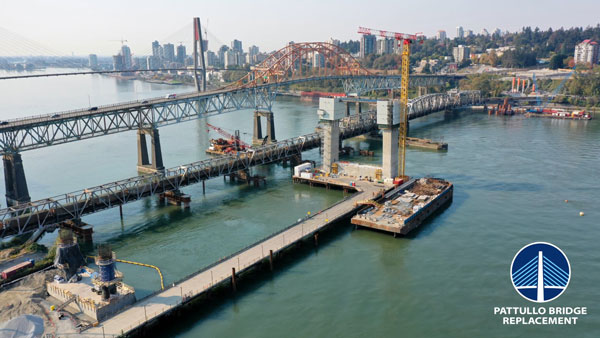
“When you’re changing the infrastructure in the water, it changes the hydraulics and hydraulic behaviour of the river,” Itagawa said.
“You might get more sedimentation or you might get more scour depending on where your piers are in the flows.”
When it comes to hydraulics, the Pattullo team did their due diligence.
“We actually built a physical hydraulic model of the bridge in which we ran different scenarios to test out the hydraulic design,” she said.
“We also did a number of numerical models as well, as another way to check the designs. Then we look at different scenarios, different freshet conditions, the peak flows of the river and then also the flood of record.”
This data driven approach is essential when determining the placement of the bridge infrastructure.
“It really comes down to ensuring your piers are in the right location and any protections that might be needed, such as scour protection. So, adding riprap into the river where needed to protect the downstream structures or the erosion control on the sides of the river.”
With only two piers in the river instead of six, the new Pattullo bridge will have a lesser hydraulic impact on the Fraser than the old bridge did ― and still does. The old bridge will remain standing until the new one is open for public use but will then be removed, Itagawa said.
The Fraser River is an important ecosystem for many marine species and the Pattullo team needed to ensure their protection every step of the way.
Salmon, eulachon and sturgeon are just some of the species the team has worked towards protecting.
“Piling, obviously, can be very impactful in terms of underwater noise. So, our contractor has implemented a number of noise mitigating systems to reduce and mitigate the noise propagating throughout the water,” said Itagawa.
“It’s a confined system with about 16 bubble curtains.”
A bubble curtain is exactly what it sounds like. Underwater tubes are placed to release a wall of bubbles around a noise source. Since air and water conduct sound differently, the air acts as an absorber and reflector of the soundwaves with some sources claiming it can reduce noise levels by up to 30 decibels.
Itagawa said in-river work has only been able to occur between June and January as the fish are less active around the construction site during this period.
The team will also be building fish habitats at a later stage, she said.
The original Pattullo Bridge was built in 1937. Itagawa said one of the main concerns with the old bridge is that it was not made to modern seismic standards.
She said the new bridge is being made to last 100 years, that construction is set to be complete in 2024 and the project is on budget.
It will have isolated walking and cycling areas for pedestrian safety and will be better for marine navigation.
“It’s a lot more impactful when you have more piers in the water, not only for habitat but also river navigation,” she said.
“Whether it’s commercial or recreational use of the river the new bridge will need some navigational channels for Transport Canada.”
Follow the author on Twitter @JOC_Evan.


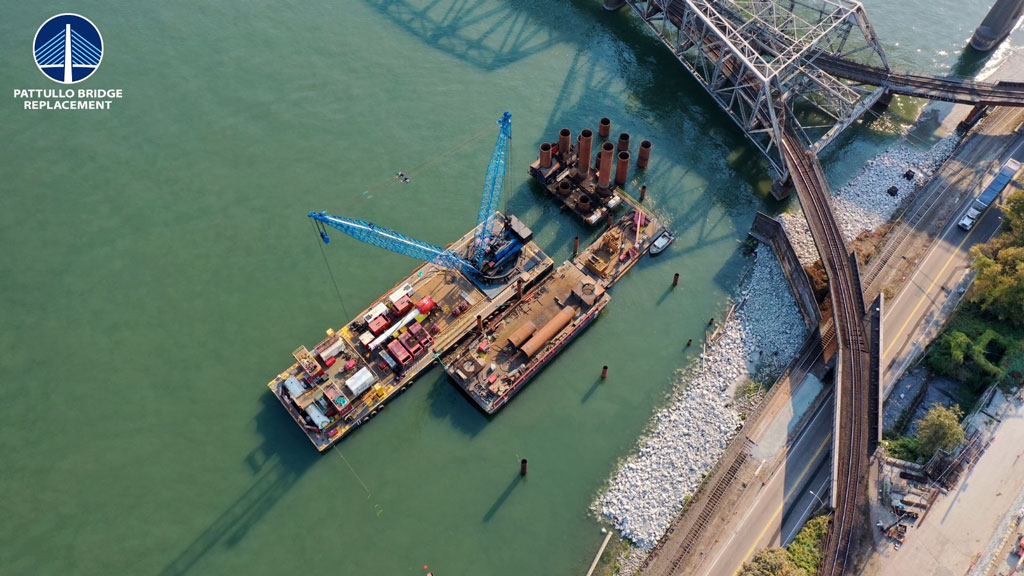

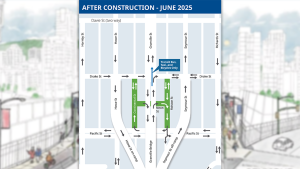
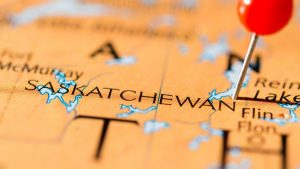

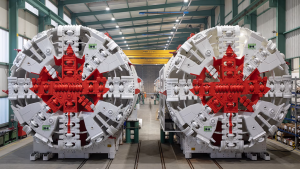

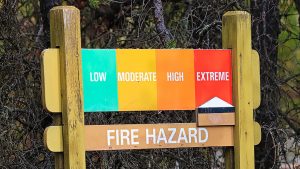

Recent Comments